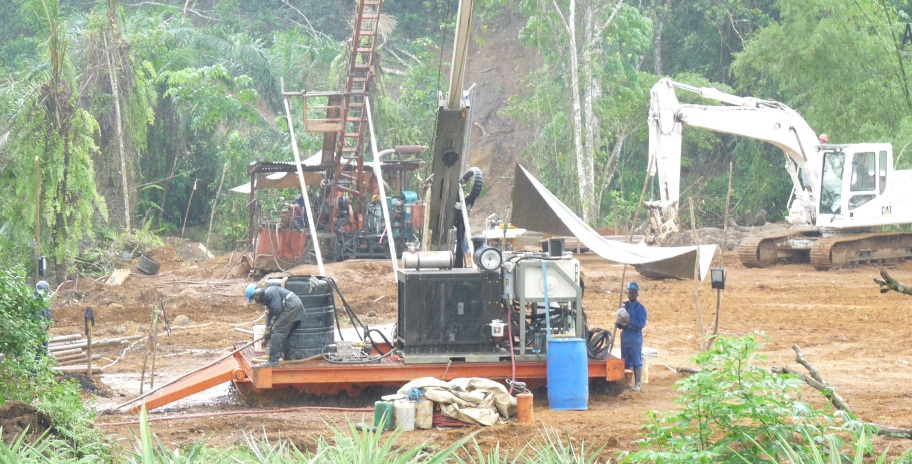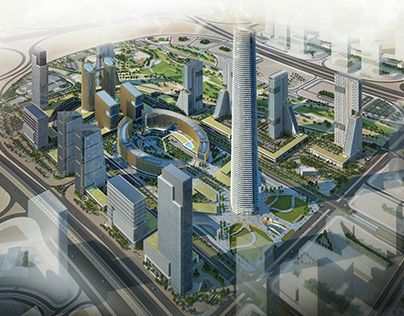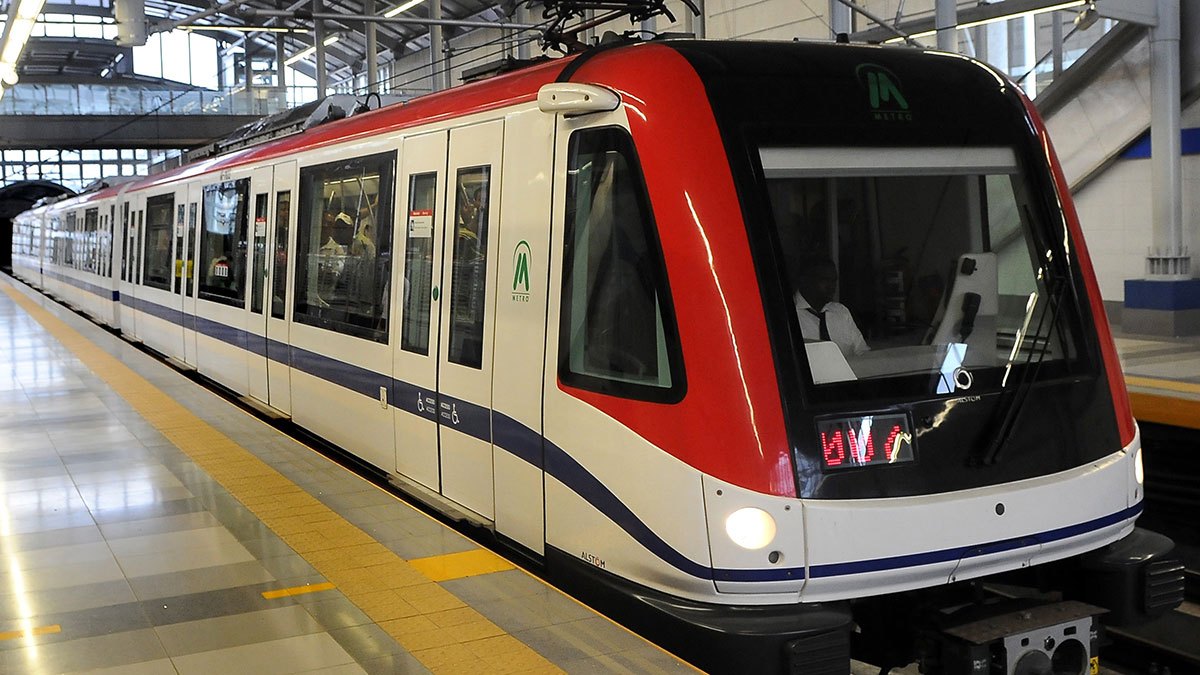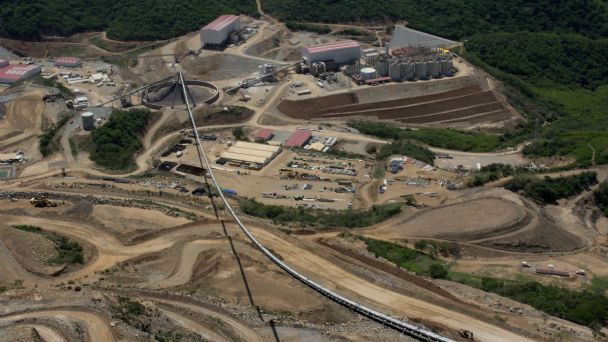
While for much of its 161 year history Liberia has been a stable and productive democracy, recent decades have seen the country plagued by civil war and adversely affected by the drying up of foreign investment. Nevertheless, the current government of Liberia, led by President Ellen Johnson-Sirleaf, is determined to lead the country into a new age of economic growth.
While it remains largely unexplored, Liberia has a well-known potential for primary and alluvial gold and diamonds, and has been shown to possess a wide range of minerals including beryl, tin, phosphates, zinc, copper, lead, uranium and iron.
Amlib is an exploration company focused primarily on gold in Liberia, with a business development mandate encompassing other mineral opportunities. “While we have been operating in the country in our current form since 2000,” explains chief executive officer, Geoff Eyre, “the history of the licences that we hold dates back to the 1980s. It was at this time that our founding geologist, Dr Nathaniel Richardson, was director of the US Geological Survey and it was his knowledge and experience of the region that led to Amlib becoming the organisation it is today.”
Amlib’s operations are focused around its Cestos, Kle Kle, Zwedru and Kokoya Mineral Development Agreements (MDAs). “During the last three years,” Eyre continues, “we have increased our operating and exploration capabilities within the country significantly, investing in people and infrastructure so as to have the ability, at any one point, to be operating on multiple exploration targets across all four licences. This in turn helps us generate results more quickly and allows us to move our projects forward in a timely manner.”
All of Amlib’s licences currently boast significant levels of artisanal activity. The largest of these is Cestos, a huge licence spanning nearly 2000 square kilometres. It is here that the company has spent a considerable amount of time and effort in recent years gaining access to its target areas in order to carry out the initial exploration phases. Most recently the company has commenced drilling on three specific targets, with early results suggesting the area has some very positive similarities between itself and the Ashanti Gold Belt in Ghana.
A few hours outside of Monrovia, Amlib has also been working recently at Kle Kle where it has drilled a total of 69 holes to date on its targets there. Again, initial results have been very positive with the company now embarking on a three dimensional structural interpretation to determine the details for the next phase of drilling. Similarly, Amlib is preparing to carry out a helicopter-borne exploration programme in the coming months over its Zwedru licence. This will be done to test a 12 kilometre soil anomaly. “Should the results of these tests come in as expected,” Eyre enthuses, “it will result in the discovery of a significantly sized gold anomaly that I believe will start to excite the majors in the region.”
Last, but certainly not least is the company’s Kokoya licence, which hosts a NI 43-101 compliant resource of 410,000 at an average grade of 2.6 grams per tonne of gold. Amlib is actively looking to fund development of this project, which is expected to produce 50,000 ounces of gold per annum over five years. Amlib has also identified significant growth potential for the Kokoya licence, which boasts a number of additional gold targets that are still to be followed up on.
Although Liberia can claim to have extremely favourable geology, because of the aforementioned historical troubles that have beset the country it remains one of the few places that is prospective for gold, diamonds and other minerals that has yet to be explored.
While being one of the early stage explorers into the country has brought Amlib considerable benefits, not least the chance to secure the rights to some highly prospective ground, it has also meant that the company has had to deal with several big challenges. “In addition to the challenges presented by the climate of the region,” Eyre says, “we also had to overcome the lack of infrastructure that existed prior to our arrival in Liberia as well as the fact that we did not have access to the sort of country wide exploration data that one might expect to find in other countries.”
What Amlib found was that the best way to overcome such challenges was to invest considerable amounts of capital into building up its own capabilities internally, funding its own plant and logistics infrastructures. As Eyre goes on to highlight, Amlib has also developed its own in-house drilling service. “Having this capability is somewhat unusual for an explorer such as us. It has, however, been an extremely advantageous addition to the business.”
As well as allowing Amlib to drill at much cheaper rates than would otherwise be possible, its internal drilling service allows it to test targets that only require the company to drill a few thousands metres initially. This allows it to avoid signing minimum metres contacts that would be highly inefficient and a drain on resources.
“In the last six months or so,” Eyre states, “we have started to make rigs available to third parties, while expanding the fleet in order to take advantage of the opportunities that continue to present themselves in Liberia. Not only has this service provided us with an alternative revenue stream but it has also presented us with the opportunity to look into expanding more broadly in the future, beyond Liberia and into other parts of West Africa.”
One thing that Amlib has been acutely aware of since its first day within Liberia is the fact that in order to operate successfully in such parts of the world it is imperative that you engage and work with the local community.
“We take the corporate social responsibility aspect of our business extremely seriously,” Eyre says, “and have undertaken a number of projects in the licence areas in which we operate, including the building of junior schools in the Kokoya area. In addition to this, in Cestos, we pay for the salaries of the teachers that run not only the schools we have built but others in the area also. As well as putting in water wells in the local communities in which we operate, we also have a national relationship with the charity, Cure International. It is on behalf of this group that we have recently funded the refurbishment of an operating theatre at JFK Hospital in Monrovia that is now being used to treat hydrocephalus and save children’s lives.”
Amlib is undoubtedly in the midst of an exciting period in its history and it is over the coming months and years that it intends to drive a number of programmes and initiatives forward in order to grow further. “One of the most important things on our agenda,” Eyre reveals, “is the development of the Kokoya project, which will provide the business with a solid cash flow within a relatively short space of time. Meanwhile, we expect the next round of drilling at Kle Kle to produce more positive results as we begin to better understand the structure and mineralising controls required to work on the resource.”
Elsewhere within the company, Amlib has set in motion plans to expand its drilling services, potentially alongside a third party partner. This would also begin to generate increased revenues for the business and allow Amlib to continue unabated with its exploration programmes. “Driving all these developments forward,” Eyre concludes, “is a highly qualified and dedicated technical team. These are the individuals that are helping to deliver on Liberia’s potential, while at the same time mapping out Amlib’s future and making it more robust as an organisation during these challenging times.”
Written by Will Daynes, research by Celina Bledowska
DOWNLOAD
 Amlib-Africa.Mining-Feb13-Bro-s.pdf
Amlib-Africa.Mining-Feb13-Bro-s.pdf













